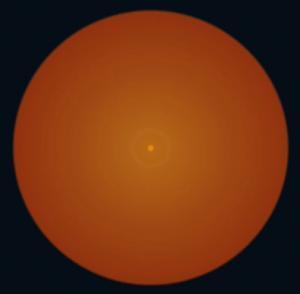
|
| ©Unknown |
| Artist's impression of the shell as deduced from the observations made in the mid-infrared (in the visible, it is almost opaque), using ESO's Very Large Telescope Interferometer. |
This provides the astronomers with a new way to estimate the distance of this object and obtain invaluable information on the operating mode of stellar vampires, dense stars that suck material from a companion.
Although novae were first thought to be new stars appearing in the sky, hence their Latin name, they are now understood as signaling the brightening of a small, dense star. Novae occur in double star systems comprising a white dwarf - the end product of a solar-like star - and, generally, a low-mass normal star - a red dwarf. The two stars are so close together that the red dwarf cannot hold itself together and loses mass to its companion. Occasionally, the shell of matter that has fallen onto the ingesting star becomes unstable, leading to a thermonuclear explosion which makes the system brighter.

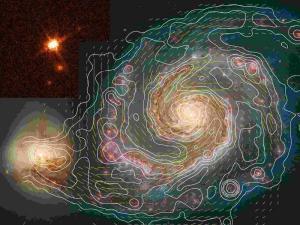
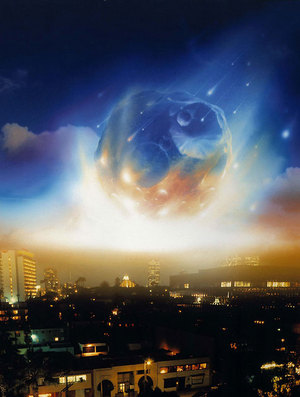

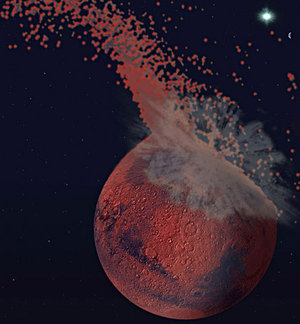
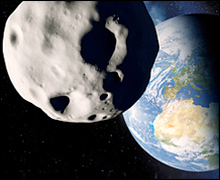



Comment: For a more realistic idea of the probability of the Earth being struck by comets and other objects, be sure to read the sott Comets and Catastrophe series.